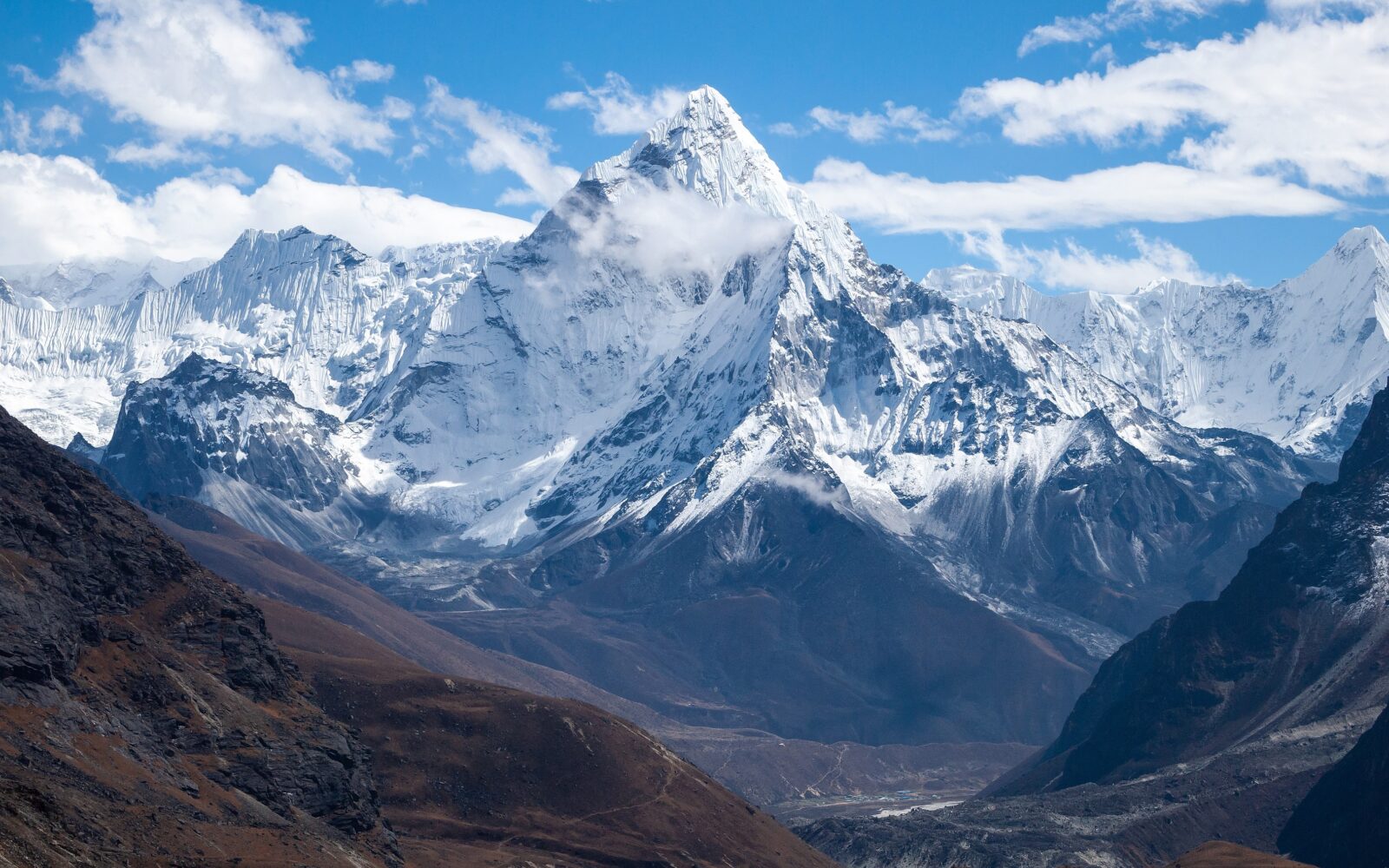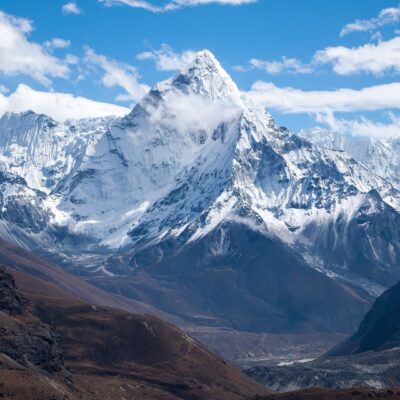Ama Dablam (6812m) Expedition
At a glance
- Trip Start: Kathmandu
- Trip End: Kathmandu
- Trek Start: Lukla
- Trek End: Lukla
- Climbing Period: 15 Days
- Maximum Altitude: 6812m.
- Group Size: 4-15
- Accommodation: Lodge and Camp
- Meals: Standard
- Service: Full Board
Ama Dablam is a beautiful mountain, located almost due south of Everest and Lhotse in the Khumbu region. It stands among many 22,000 to 24,000 foot peaks that surround the high valleys of this region, yet stands out by way of its classic beauty: It is a steep pyramid of ice with vertical walls and sharp, exposed ridges. Ama Dablam forms a lasting impression on many trekkers in Nepal, as it is perhaps the most stunning mountain along the popular trekking route to Everest Base Camp.
Our ascent will be made via the SW ridge route, a technical route with three camps above base camp. The climb usually completed in less than four weeks. The climbing on the route involves pure rock climbing on exquisite granite followed by mixed snow and rock climbing. The last section to the summit involves ice climbing followed by a long steep snow slope up to the summit.


 Tough
Tough